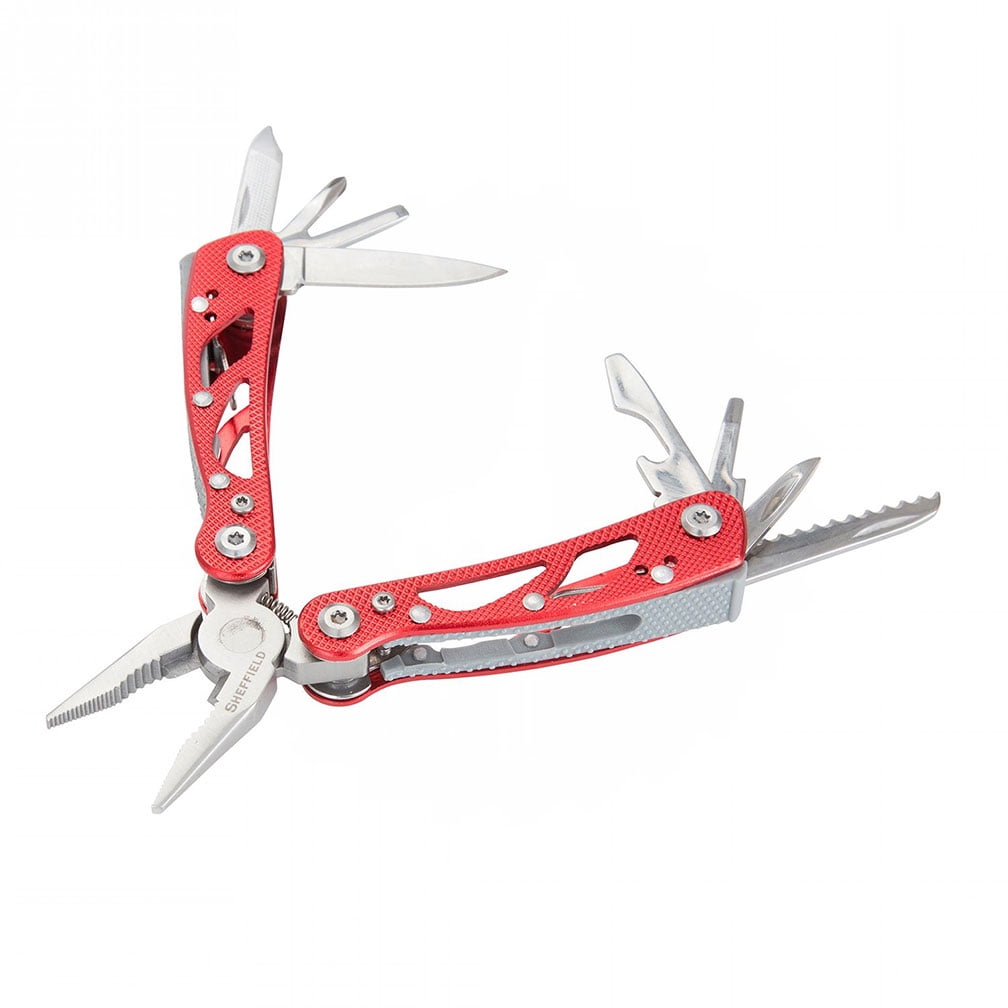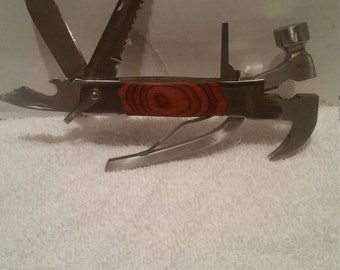



When facing Soviet fighters it is not recommended to duel them below 4,000 m. Fighters should be engaged based on their individual strengths and weaknesses. When fighting propeller aircraft, you should use your superior engine power and flight characteristics to your advantage. Remember to maintain speed, altitude advantage, and judge the energy state before engaging an aircraft. The Griffon Spitfire is an excellent energy fighter, the Griffon engine provides a tremendous amount of horsepower which can be used to gain speed quickly and climb back at a safe altitude. Energy fighting is an option too, if in a 1-vs-1 situation. The main form of attack (especially when there are more fighters around the target) is Boom & Zoom. Target altitude should usually be around 5-6 km on smaller maps and 6-7 km on larger maps such as Norway and Spain. The main task for a pilot is to utilize the great climb rate to gain an altitude advantage on enemy fighters (altitude allows you to control engagements). It is very important to avoid hard turning above 500 km/h IAS, because the plane may lose its wing. Try to maintain a speed of between 400-500 km/h IAS this is where the plane maintains great agility, turnfighting below this velocity against planes such as the Bf 109 G-14 is really not recommended. The Spitfire F Mk 22 can keep up with most enemies in turnfights, excluding most Japanese fighters, other British fighters and several Bf 109s, all of which are more agile. The Spitfire F Mk 22 an excellent plane in realistic battles with relatively few weaknesses, so the enemy will have a really hard time shaking the Spitfire off of its tail and only few will succeed.
18 IN 1 SHEFFIELD MULTI TOOL SERIES
The new wing shape and larger control surfaces of the 22/24 series are a distinctive feature of the aircraft.


 0 kommentar(er)
0 kommentar(er)
